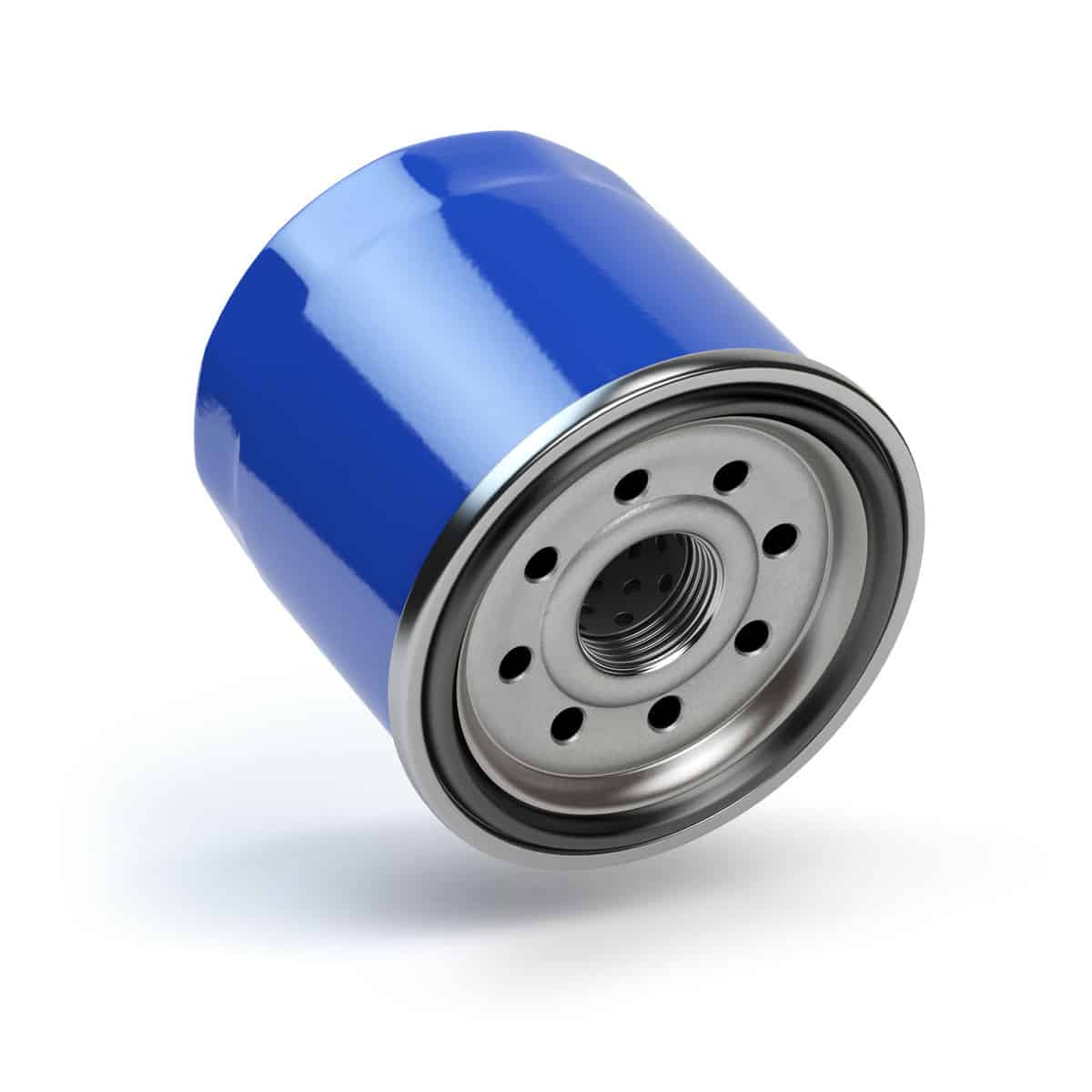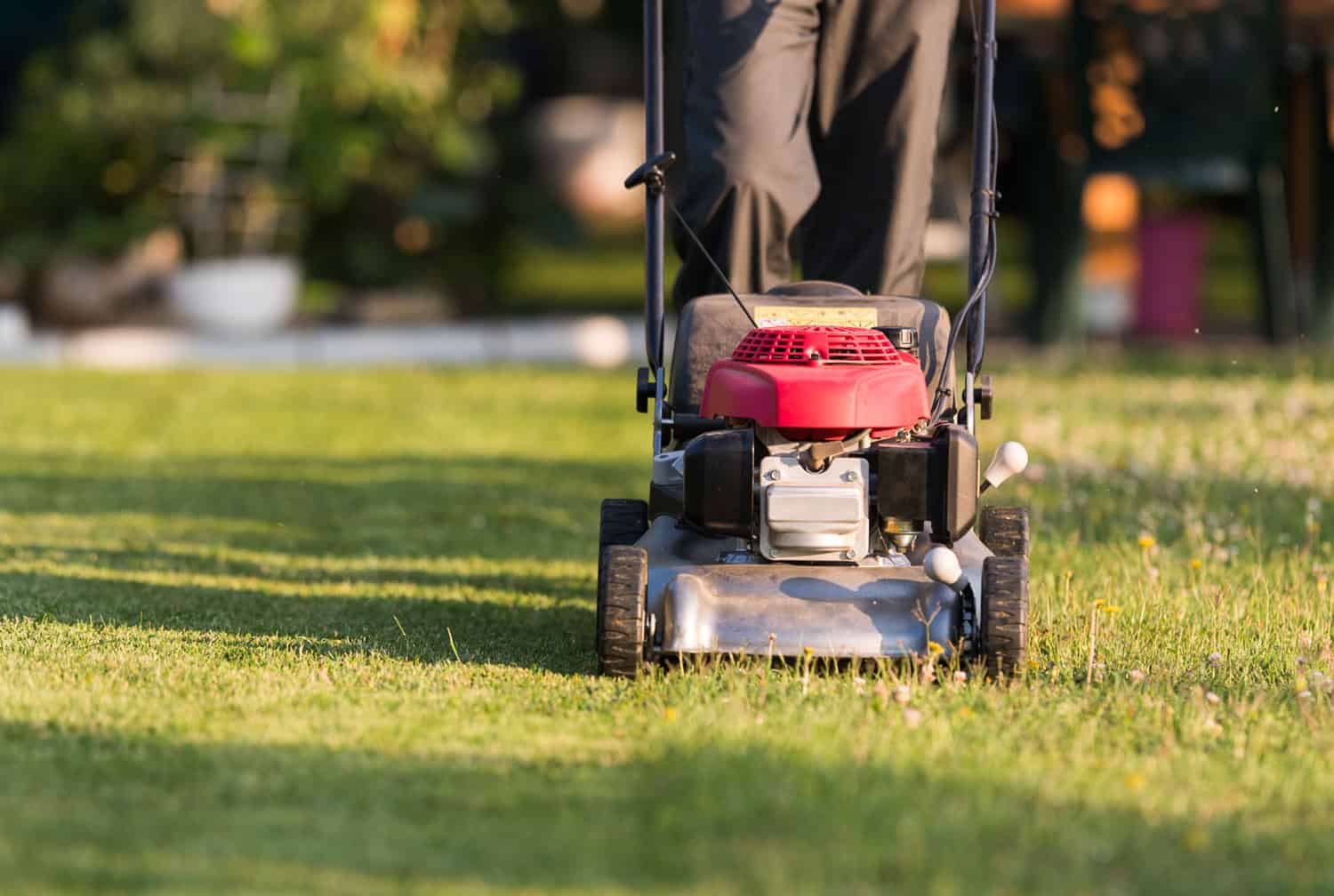Oil is like the lifeblood of your engine. Engine oil is what keeps your engine all lubed up, preventing friction damage, and also helps keep your engine's heat down. Since there are many types of oil for lawn mower engines, we have consulted experts to find out what's the best oil for your lawnmower.
The most versatile lawn mower oil for any condition would be SAE 10W-30; this type of oil will be sufficient for most climates. While for colder climates, you might want to use SAE 5W-30. You could also use synthetic oil, which will not degrade or get thinner over time but will get thicker from contaminants. Synthetic oils are also great for all types of temperatures.
Yes, Craftsman lawn mowers do come with oil out of the box. Just be sure to put oil in your lawn mower before starting because they don't come topped up with oil. Buying extra or better oil is also not a bad idea. Because the engine oil that might come with the lawn mower may not suit your climate. Keep reading for more information about the maintenance of your Crafstman lawn mower.
![Woman mows her lawn with a red gasoline lawnmower in summer, What Type Of Oil Is Best For A Craftsman Lawn Mower [And Does It Come With Oil]](https://uooz.com/wp-content/uploads/2021/12/What-Type-Of-Oil-Is-Best-For-A-Craftsman-Lawn-Mower-And-Does-It-Come-With-Oil.png)
Is a Craftsman lawn mower 2-cycle or 4-cycle?
If you're planning to buy a new Craftsman lawn mower, you'll most likely obtain the 4-cycle models, also known as a 4-stroke. The reason is the 2-cycle lawn mowers have been prohibited across the US because they emit far more emissions than a 4-cycle.
You may still find 2-cycle Craftsman lawn mowers through private sellers. Note that there are still 2-cycle lawn mowers available. These 2-cycle lawn mowers are fuel-injected, unlike the older models that still use carburetors, but these are not so common.

How much oil does a Craftsman lawn mower take?
Putting too much oil is just as bad as putting little oil in your lawn mower. For walk-behind lawn mowers, Craftsman oil capacity could range from 15-ounces to 18-ounces, while riding lawn mowers could take between 48-ounces to 64-ounces.
The best way to indicate if you have enough oil is by checking your dipstick. You shouldn't put all the oil at once. Pour it in slowly, and check the oil level on your dipstick every pour, making sure that you don't exceed the top marker of the dipstick.
You can tell if you put too much oil in your lawn mower when it starts to smoke. This means your lawn mower is burning its excess engine oil, which is bad for your engine. If this happens, quickly turn off your lawn mower and check your oil count on the dipstick to avoid any damages.
How often do you change lawn mower oil?

When you obtain your new lawn mower, one of the essential things you need to know is when is the right time to change your oil. You should typically change the oil of your walk-behind lawn mower between 30 and 50 hours of use, while a riding lawn mower will take 100 hours of use.
Keeping your oil well maintained will ensure that your lawn mower mechanical parts are well maintained. A regular oil change will help your engine run smoothly, giving your lawn mower a longer life.
How to Check the Oil Level
The next besting to know when to replace it is by checking the dipstick. Typically your lawn mowers dipstick has two markers: If the oil in your dipstick is touching or near the upper marker, this means you don't need to change your oil, and if it's near or on the lower marker of your dipstick, it means your oil count is low and will have to change it.
The best way to check your oil level is when the engine is cold. Just remember to keep your lawn mower sitting on level ground to get accurate readings on your dipstick.
If you haven't used your lawn mower in a while, it's better to change your oil before using it. Using your lawn mower while running old oil can damage your lawn mower's engine. Older engines will still run despite the lack of oil, while newer ones won't. So it is essential to know if your lawn mower's oil level is low or whether old oil is inside to prevent it from acquiring irreversible damage.
Where is the oil filter on a Craftsman mower?
For Craftsman lawn mowers, you'll commonly find oil filters for riding lawn mowers. The oil filter can be located on the lower-left side of the steering wheel.
An oil filter has a cylindrical shape that will most likely be color blue, red, or yellow. If you've been doing the maintenance on your mowing machine, you'll probably be able to remove it with only your hand. If not, you can use an oil filter wrench.

How do you get the oil out of a Craftsman lawn mower?
To get oil out of your Craftsman lawn mower, here are some of the tools and materials you might want to use to keep your oil draining and changing clean.
Tools Needed
- Socket wrench
- Oil catch bucket or container
- Rags or paper towels
- Rubber gloves
Oil Draining Steps
Now that you have the tools needed to drain your Craftsman lawn mower, here are the steps you need to follow to drain your lawn mower:
- Make sure to run your lawn mower for at least 10 minutes. Warming up your lawn mower will help get debris and muck from the bottom of your engine to drain with your oil.
- After warming up your lawn mower's engine, you should disconnect your spark plug from the engine. Unplugging your spark plug is just a safety measure to ensure your lawn mower doesn't turn on by accident.
- Next, take a plastic bag and wrap it around your gas tank, then screw your gas cap back on. Doing this will prevent gas from spilling when you tilt your lawn mower.
- Now it's time to drain. There are two common spots for your oil drain to be located, either on the bottom or top of your lawn mower.
Draining from the bottom:
If your oil drain is at the bottom of your lawn mower, take your socket wrench and loosen it up to the point where you can remove it using your fingers. You might want to place a cardboard at the bottom to ensure that the oil doesn't drip to the ground.
Once that's done, place your oil catch pan below the drain, then unscrew the drain completely. If you are sure that your lawn mower has oil, but it's not draining, try unscrewing your oil cap. This might relieve the pressure releasing the oil. Draining may take 5-10 minutes.
Draining from the top:
If your oil drain is at the top of your lawn mower, prepare your oil catch pan, then turn your lawn mower to its side where the oil drain is, unscrew and let it drain. The best thing to remember is the gas tank side should be pointing up when draining and not the other way around that will cause the oil to get all over your lawn mower.
Refill with Oil
After you've drained all the oil out, it's time to start pouring oil in. Make sure you don't overfill or underfill your engine. Overfilling and underfilling can severely damage your engine if left unnoticed.
The best way to tell if you've put enough oil is by checking your dipstick, be sure the oil reaches the upper marker of the dipstick to fully refill your lawn mower.
Discard Used Oil
It is essential to remember not to throw away your drained oil anywhere because that will be very bad for the environment. Randomly dumping oil will pollute the ground, the oil may find its way to a water source. Keep your drained oil in a container till you can bring it to a recycling center.
Closing

The maintenance of your lawn mower's oil is essential to do regularly, be sure to check your lawn mower's dipstick every time you plan to use it. Also, use the right oil depending on the climate you are currently in as this will help lubricate your engine even in cold temperatures.
And lastly, dispose of your oil properly. This is very important because not dumping your oil in designated places will cause severe damage to the environment.
For more articles about caring for your garden and tools, check here:
Craftsman Lawn Mower Won’t Start – What To Do
Can Moles Ruin My House Foundation? [Including 5 Methods To Rid & Deter Moles]
